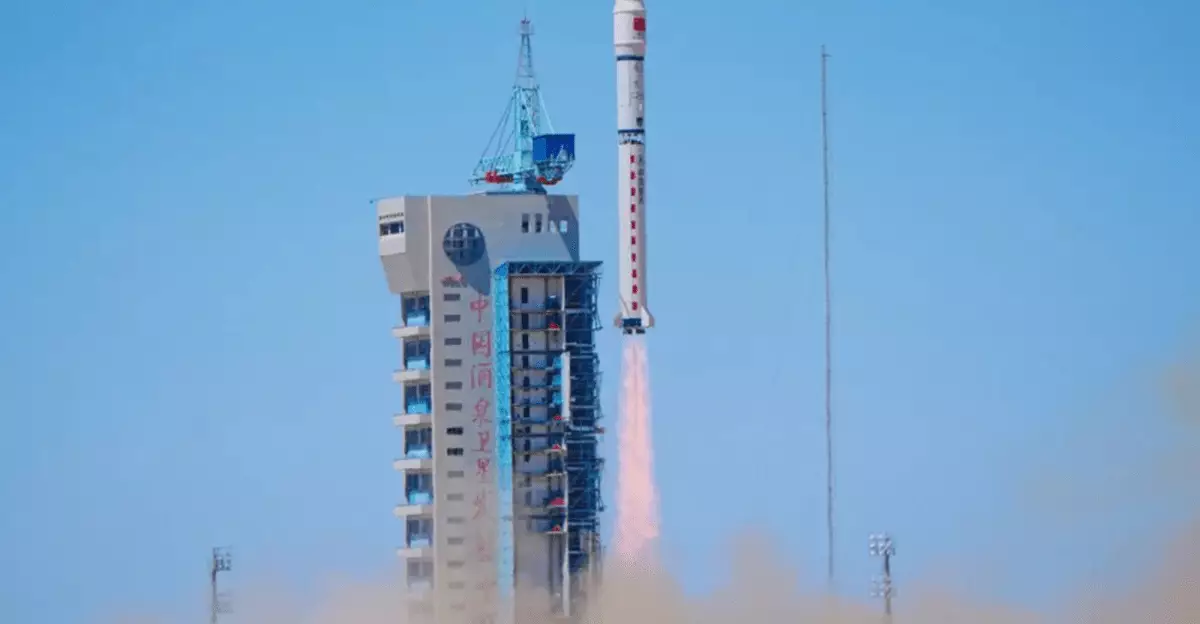China has made a significant advancement in the realm of satellite technology with the launch of its first set of 12 satellites, marking the initial phase of an ambitious network that aims to deploy a staggering 2,800 AI-powered satellites. This revolutionary initiative, spearheaded by ADA Space alongside Zhijiang Laboratory and Neijang High-Tech Zone, is projected to redefine how data is processed in orbit, offering a glimpse into a future where space technology and artificial intelligence collide.
The impetus behind this initiative, aptly named the “Star Compute” program, pivots on the concept of enabling satellites to autonomously process data without dependency on terrestrial data centers. This capability not only enhances efficiency but also fosters real-time data analysis crucial for various applications, from scientific research to emergency management. The announcement of this project encapsulates the forward-thinking ethos that characterizes China’s technological ambitions.
Cutting-Edge Technology and Unprecedented Power
What truly sets these satellites apart is their robust processing capabilities. Each satellite is equipped with an 8-billion parameter AI model that remarkably achieves a computational power of 744 tera operations per second (TOPS). Collectively, this constellation’s capability escalates to an impressive 5 peta operations per second (POPS). Such formidable processing power far surpasses even sophisticated systems like Microsoft’s Copilot, which only requires 40 TOPS to function effectively.
The advanced communication capabilities of this satellite network are just as impressive. Utilizing laser technology, these satellites can communicate at speeds of up to 100 Gbps, effectively minimizing latency and significantly enhancing data transfer capabilities. This network structure not only boosts the operational efficiency of managing satellite data but also allows for immense storage capacity, with 30 terabytes shared among the satellites. The implications of these features could be transformative in fields such as climate monitoring, disaster response, and even entertainment.
Innovative Applications and Future Potential
Beyond enhancing data processing speed and communication efficiency, these satellites carry scientific payloads, like an X-ray polarization detector. This technology permits the observation of fleeting cosmic events, such as gamma-ray bursts, opening new avenues for astrophysical research. Moreover, the satellites can generate 3D digital twin data, which has applications ranging from gaming and simulation to real-time emergency responses—demonstrating the versatile potential of orbital computing.
As highlighted by the South China Morning Post, the traditional methods of satellite data transmission encounter inherent limitations, with only a minute fraction of satellite data reaching Earth due to constraints like bandwidth and ground station availability. By leveraging a network of AI-driven satellites, China not only addresses these limitations but also accelerates data acquisition processes and enriches the quality of information accessible to researchers and decision-makers alike.
The enormity of this venture signifies not just a technological milestone but a strategic move in space exploration and artificial intelligence. As China continues to expand its presence in the space sector, the ripple effects of this initiative could challenge global norms, pushing other nations to innovate and adapt in a rapidly advancing technological landscape. The launch of this satellite network is more than a mere technical feat; it represents a forward leap into an era of unprecedented possibilities in computing and data utilization.

